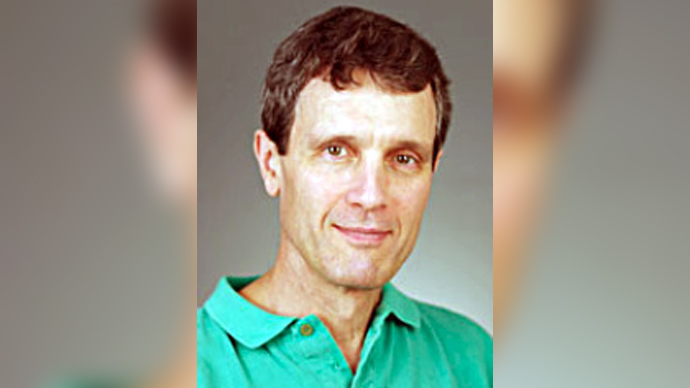Professor Roger Howe
Distinguished Visitor
Professor Roger E. Howe, member of the National Academy of Sciences, USA and fellow of the American Academy of Arts and Sciences, and Professor of Mathematics at Yale University, is a scholar of distinction.
Professor Howe’s major research interest is in applications of symmetry, particularly harmonic analysis, group representations, automorphic forms and invariant theory.
Professor Howe has had extensive contact with and significant influence within the mathematical community in the Asia-Pacific region. He has on many occasions visited universities in Australia, Israel, Japan, Singapore, Hong Kong and China. He is currently chair of the Scientific Advisory Board of the Institute for Mathematical Sciences at the National University of Singapore.
Events
Teacher’s Workshop
Symmetry and Quadrilateral
Much of the common traditional terminology for quadrilaterals embodies symmetry considerations. All symmetry types of quadrilateral contain the square, and the symmetries of each main type can be related to the symmetries of the square, which affords a reasonably simple, yet still non-trivial example of symmetry analysis. Also, types of distinguised quadrilaterals, such as trapezoids and cyclic quadrilaterals, which are not characterized by obvious intermal symmetries, still are related to symmetry in subtler ways, and can profitably be studied using symmetry. Finally, the behavior of quadrilaterals under affine transformations
can add extra insight into the geometry of quadrilaterals. All these topics will be touched on in this workshop.
Audience
(limited to 40 places)
Date
February 21 2009 / 9.00 am – 12.00 pm
Venue
Tanjong Katong Secondary School
Registration Fee
Free
Registration close: February 18, 5pm
Academic Talk
Between Arithmetic and Algebra
The boundary between arithmetic and algebra is somewhat fuzzy: many word problems can be solved by setting up some equations, then using algebraic manipulations to find solutions; or they can be solved without equations, using more or less complicated arithmetic thought processes. This talk will explore this ambiguous borderland through a sequence of progressively more complex problems. Although the easier problems can be formulated algebraically, to do so might seem like overkill since direct arithmetic solutions are easy to describe. As the problems become more complex, the situation reverses, and at some point, algebra becomes the easier approach. Throughout, it is instructive to compare the two solution methods and to see their fundamental similarities. Presenting a sequence of such problems to a class might help students see that arithmetic and algebra are closely related, and to appreciate the relative merits of each. In honor of the Singapore audience, the use of the “strip diagram” method will also be discussed.
Audience
(limited to 100 places)
Date
February 27 2009 / 4.00 pm – 5.00 pm
Registration Fee
Free
Registration close: February 20, 5pm
Public Lecture
Symmetry: More than Beautiful Pictures
Most of us are acquainted with symmetry through viewing symmetrical objects, beginning with the bilateral or reflection symmetry of the human body, or the rotational symmetry of drinking glasses or pottery. However, the idea of symmetry organizes the world at a much deeper level than its uses in decorative art. It was discovered in the 19th century to underlie geometry. In the 20th century, from relativity theory through quantum mechanics, and continuing currently in the more speculative “theories of everything”, symmetry came to be understood as a fundamental tool of physics. This talk will review the phenomena, concepts and history of symmetry, and will conclude with some perhaps surprising observations about its role in the development of science.
Audience
–
Date
March 6 2009 / 4.30 am – 5.30 pm
Registration Fee
Free
Registration close: March 6, 5pm
Coordinator
Online Registration closed
Coordinator
Dr Tan Victor
Tel: 65167936
Email: mattanv@nus.edu.sg

